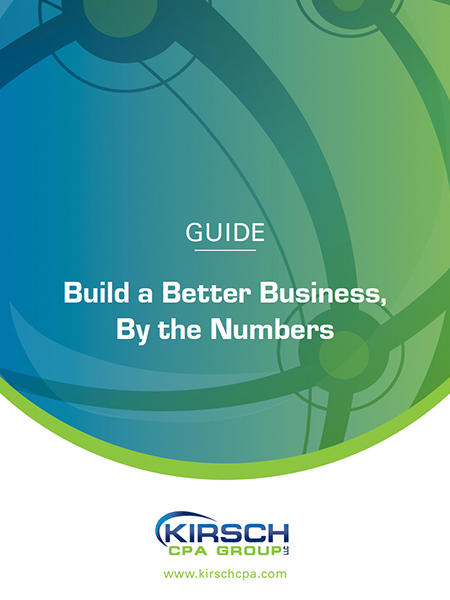Overcoming Hidden Threats to Business Profitability
Nick Roell
Sep 17, 2021

As any owner can tell you, running a business is almost always harder than you think it’s going to be.
It’s not just the difference between having a business plan and operating a business under real world circumstances that creates this gap in expectations; it’s that so many benchmarks associated with business success are deceptively simple.
Among the trickiest of the “simple” concepts is profitability. No matter how diligently you may track this relative measure of your success, the threats to your profitability can be easily missed. After all, profitability breaks down into a long list of individual metrics that can give a false picture of health if not examined in the context of longer-term goals.
Threats to your long-term profitability can hide behind short-term numbers or disappear amid data that isn’t structured in the right way to show you what you need to know. Such blind spots can leave you vulnerable to profitability-killing events or trends. Below are some of the most common profitability threats that can derail the growth of your business.
Four Profitability Threats You May Be Overlooking
Threat #1 Investing in Future Growth
It’s an attractive idea: when revenues are growing, hire more staff, pay your people more, buy new equipment, and invest those revenues in what can help you grow further.
However, this can be a trap if your profitability doesn’t support it or if you are investing in things that won’t drive further growth or save you money – e.g. hiring pricey executives or admin staff that just add to your overhead.
Only when you understand your true profitability can it be the right time to make these investments or you could dig yourself into a big hole.
Threat #2 Keeping Prices Flat
Static pricing can erode your profitability when you consider that your employees expect to see their pay raised by at least 3-4% every year – and especially if the rest of your industry is raising prices.
At the time of writing, many of your customers have incurred cost increases from a multitude of their vendors and may be more concerned about the availability of your products or services than price. Pricing is more elastic now than in recent memory.
And if you’re still concerned about raising prices, talk to your customers. Be mindful of their situation but explain yours and get their feedback before you make changes.
Threat #3 Poorly Structured Financial Data
Your data is only as good as your ability to slice and dice it in ways that tell you where you are in relation to your goals. If you’re looking at the wrong slice, or too big of a piece of the pie, you can miss critical profitability issues hiding in a single business unit, location or department.
Furthermore, it’s possible that a single business unit, or a small number of your customers/clients, make up the majority of the profits. This could help make the case to close down an underperforming business unit or give insights into what a target client looks like. Looking at a P&L to determine the profitability of a business is important but having data structured in a way to understand what’s driving those results is critical.
Threat #4 Balance Sheet Blindness
Just reviewing only your balance sheet and income statement can leave you blind to other key performance indicators (KPIs) that give you insights you need to understand where your business is really headed.
Critically important KPI examples often include customer retention, customer acquisition cost and lifetime value, days sales outstanding (DSO), revenue per full-time employee, employee retention, debt to equity ratio – to name a few.
Business Advisory Services: Lose the Threats, Keep the Profitability
Are the profitability metrics you’re using telling you what you really need to know? If you’re not sure, the answer is probably no.
At Kirsch CPA Group, our accounting and advisory services help you identify which KPIs will light your path, create forward-looking strategies, and understand your true profitability – including what you can do to increase it.
Contact us to learn more about accounting advisory services
More Resources

About The Author
Nick is passionate about making an impact on small and medium-sized businesses. Focusing on increasing the performance of…
Sign Up for Email Updates
Tags
Accounting & Financial News

3 Critical Questions to Ask When Acquiring Construction Equipment
Acquiring equipment is a major strategic decision for small to midsize construction businesses. It affects everything from…

Traveling for Business with Your Spouse
If you're a business owner, you may have upcoming business trips on your agenda. The idea of…



